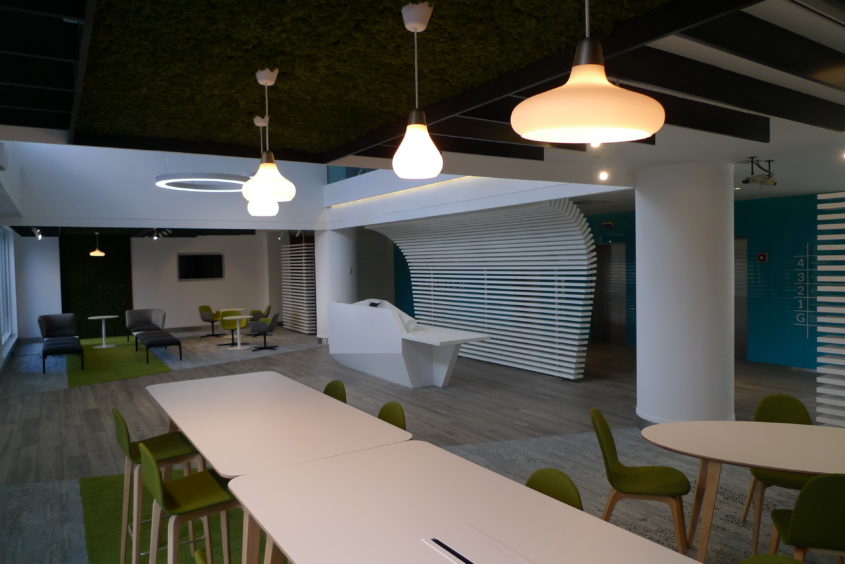
Hands up if you didn’t expect to have a lockdown birthday?
When we closed our workplaces to all but essential staff in March 2020, we at SPACE did not foresee that almost 12 months later we’d still be waiting to return to the office. In the meantime, there have been ups and downs, in terms of workload, productivity and mental health. Some have thrived, most have survived, and our resilience has been tested.
But what if we had been out of the office for only six weeks? Would we have returned to our workplaces and carried on as normal? Back to commuting, desks lying empty almost 50% of the time and to boardrooms being used for one-to-one meetings. We’ll never know, but there is a chance that many of us would have.
March 2020 is still fresh in our memories, and while there are positives to be taken from what our workplaces offered – for example, interacting with clients and visitors, opportunities to collaborate with colleagues in both planned and ad hoc manners and embedding organisational culture into new and existing staff – let us not be blind to the negatives. Often our offices and workplace policies did not support our people to do their jobs to the best of their ability.
Over the past 10 months or so of working from home, we’ve built up a wealth of experiences, both positive and negative. If we are to believe the numerous surveys, the reopening of workplaces will not result in a mass exodus from our dining tables. However, some staff will be eager to return. There are job functions that require presence for increased effectiveness. There are personal circumstances that render the home working environment a poor substitute for the office and there are those who just prefer to separate home from work.
What is clear is that we now have a unique opportunity to make those changes long talked about. Being in the office Mon-Fri, 9-5 is not a prerequisite for productivity. It could be argued that the opposite is in fact true. Through virtual collaboration technologies such as Zoom or Teams, a colleague who sat two banks of desks away is as remote as someone in London or Houston, and we’re now used to that level of connectivity. Our future workplaces will be required to support this type of interaction – networks, both within and outwith organisations are increasingly important.
Does this signal the death of the office? If anything, it signals the rebirth of the office, a new offering where rows of empty desks have been replaced by shared spaces for collaboration, for peer-to-peer learning or for focus. In the past, prime locations were given over to managerial offices. Perhaps we will soon see everyone having access to the view, with a comfortable social/informal working space doubling as an event space to help build the workplace community. The opportunity here is not simply to transform the physical environment and to ensure that consistent technology supports a “plug and play” approach to working in the office. What is much harder, and more critical, is to fully understand the impact of our recent experiences and to accept that mindsets and behaviours have to adapt to the changed and changing working landscape.
Most organisations (at line manager level) should have an understanding of staff lockdown experiences and attitudes to a more blended way of working. We need to dig deeper, however. Acceptable home working environments need to be questioned. We risk problems in the long-term if we don’t ensure a level of ergonomic comfort on a par with the office. Deciding on the split between the office and elsewhere (home, client site, third space) needs to weigh up the pros and cons with regard to organisational expectations, individual aspirations and, where appropriate, team dynamics. It will undoubtedly be a compromise between structure and flexibility, with the optimal solution likely to require fine tuning along the way.
If you don’t know where you currently stand with regard to the post-Covid workplace, don’t panic. Ask the right questions now and be prepared for change.
Recommended for you
